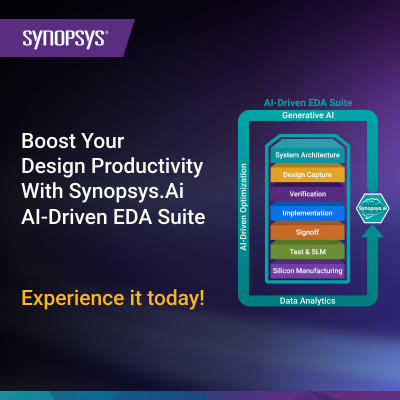
- This event has passed.
Webinar: Reimagine Semiconductor Fab Operations with the Digital Twin

About This Webinar
Are you ready to disrupt decades of outdated processes and lead a smarter, more sustainable future in semiconductor manufacturing? While the digital twin has long been a cornerstone of chip design, its power has yet to be fully harnessed on the fab floor. Meanwhile, manufacturers experience increased pressure from rising costs, slow iteration cycles, and the urgent need for sustainable operations. The status quo is no longer an option, and extending the digital twin across the entire chip lifecycle is the exact breakthrough the industry needs.
In this engaging webinar, we’ll explore how the digital twin is redefining what’s possible in semiconductor fabrication. You’ll hear from innovation experts on the front lines, and you’ll walk away with practical insights and real-world examples showcasing how this transformative approach can cut costs, streamline operations, and drive measurable results.
Join us to reimagine the future of semiconductor manufacturing. Are you ready to lead the change?
Don’t wait – register now to secure your spot! And if you’re eager to dive into the topic before June 18th, read this article about the digital twin today!

Host
Scott Bekker
Webinar Moderator, Future B2B

Featuring
Michael Munsey
Vice President of Semiconductor and Electronics Industries, Siemens

Featuring
Ben Green
Digital Solutions Architect, Siemens
What you’ll learn:
- Challenge the Norm: Understand why the current manufacturing model is no longer viable and how the digital twin can disrupt and improve the process.
- Lifecycle Transformation: How integrating the digital twin from design to fabrication unlocks efficiency and sustainability at scale.
- Tangible Benefits: Explore real-world use cases proving the impact of digital twin technology in semiconductor manufacturing.
- Future-Ready Insights: Prepare your organization to stay competitive in an industry being reshaped by innovation.













Intel’s Pearl Harbor Moment